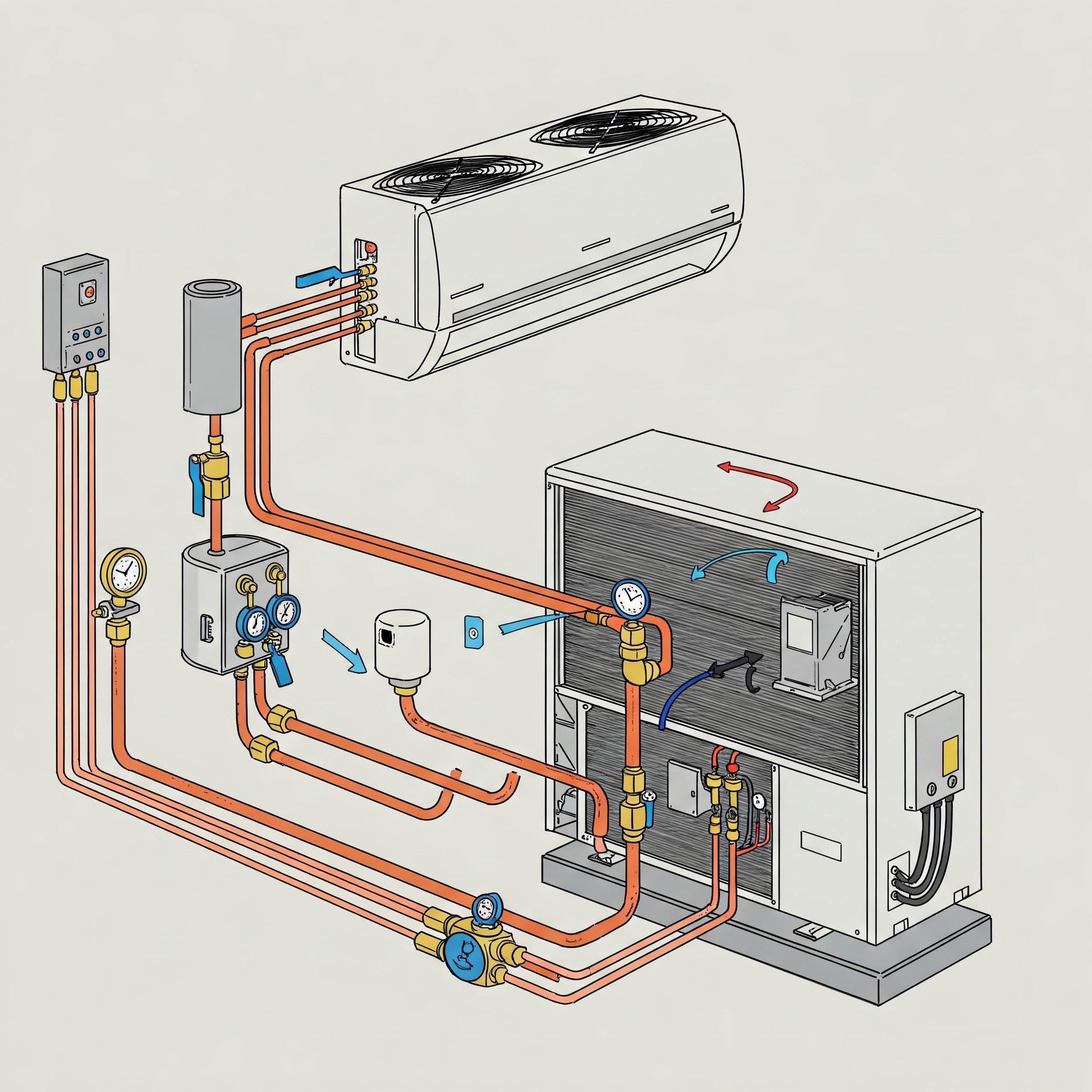What is Humidity and How It’s Important While Designing Heat Load

Humidity is a critical factor in HVAC system design, particularly when calculating heat load. While temperature is commonly addressed, humidity plays an equally important role in maintaining indoor comfort, ensuring system efficiency, and preventing structural or health-related issues.
Understanding Humidity
Humidity refers to the amount of water vapor present in the air. It is usually expressed as a percentage—relative humidity—and it indicates how much moisture the air contains compared to the maximum it can hold at a given temperature.
Importance of Humidity in Heat Load Calculations
1. Thermal Comfort
Humidity significantly impacts how occupants perceive indoor temperature. In high humidity conditions, the body’s natural cooling process—evaporation of sweat—is less effective, making the environment feel warmer. Conversely, low humidity can make the air feel cooler and may lead to dry skin, eye irritation, and respiratory discomfort.
Proper humidity control enhances occupant comfort by maintaining optimal indoor moisture levels, typically between 40% and 60% relative humidity.
2. HVAC System Performance and Efficiency
Humidity directly influences the workload of HVAC systems. Air conditioning units are designed to both cool the air and remove excess moisture. In environments with high humidity:
- Systems must work harder to dehumidify the air.
- Increased workload results in higher energy consumption.
- Efficiency and lifespan of the system may be reduced.
On the other hand, low humidity environments may lead to underperformance in terms of air quality and comfort, potentially requiring humidification.
3. Accurate Heat Load Calculations
Heat load is not limited to sensible heat (temperature) but also includes latent heat, which refers to the energy required to remove moisture from the air. Neglecting humidity in heat load calculations can result in:
- Undersized HVAC systems that fail to adequately control indoor moisture.
- Oversized systems that cycle on and off frequently, leading to inefficiencies and increased operational costs.
Accurate consideration of both latent and sensible heat is essential for system reliability and performance.
4. Dehumidification Requirements
Spaces such as bathrooms, kitchens, indoor pools, or industrial areas often have higher humidity levels. In such scenarios, it is necessary to integrate dedicated dehumidification systems or enhanced ventilation strategies into the HVAC design to maintain comfort and prevent mold, mildew, or material degradation.
5. Humidity Control Strategies
Effective humidity control in HVAC design can be achieved through:
- Incorporating humidifiers or dehumidifiers based on regional and functional requirements.
- Ensuring proper ventilation to balance moisture levels.
- Using advanced air filtration and moisture recovery systems.
Conclusion
Humidity is a vital parameter in heat load calculation and overall HVAC design. It affects not only the thermal comfort of occupants but also the operational efficiency and durability of HVAC systems. By factoring in humidity during the design process, engineers can deliver systems that are more accurate, energy-efficient, and aligned with both environmental conditions and occupant needs.



